The Mojave rattlesnake (Crotalus scutulatus). This pit viper, with its potent venom and affinity for dry landscapes, has long fascinated scientists and enthusiasts alike. In this article, we delve into the intricate details of this iconic species, exploring its appearance, behavior, habitat, and the intriguing revelation of the largest Mojave rattlesnake ever recorded.
The Mojave Rattlesnake: A Closer Look
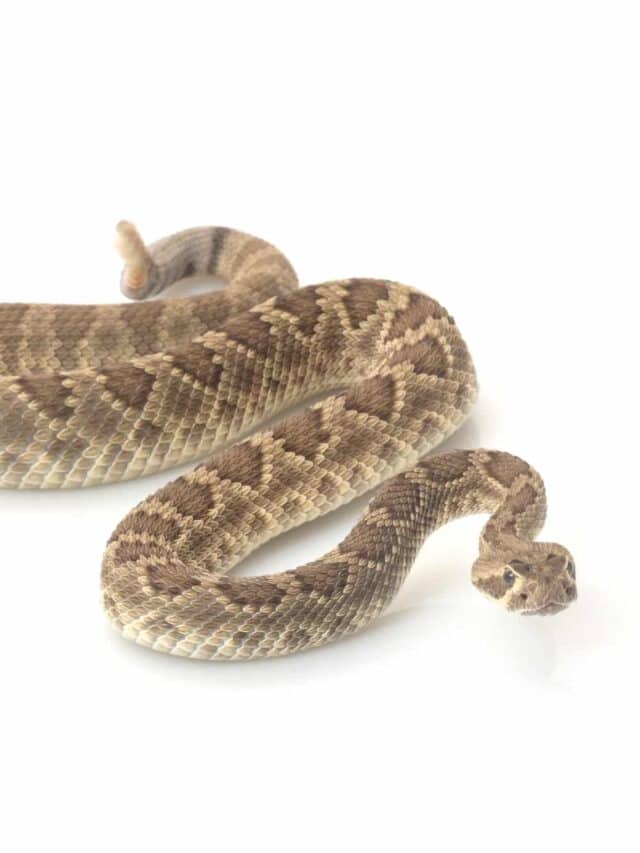
Identifiable by its hefty physique, large triangular head, and distinct scales atop its head between the supraoculars, the Mojave rattlesnake is a master of disguise. Its coloration varies, adapting to the surroundings, showcasing shades of greenish-gray in higher elevations and brown or yellow hues in lower habitats. Often dubbed as “Mojave greens,” these snakes can be mistaken for the western diamondback rattlesnake due to similar diamond patterns on their backs, though with wider white bands.
Mojave Survival Tactics
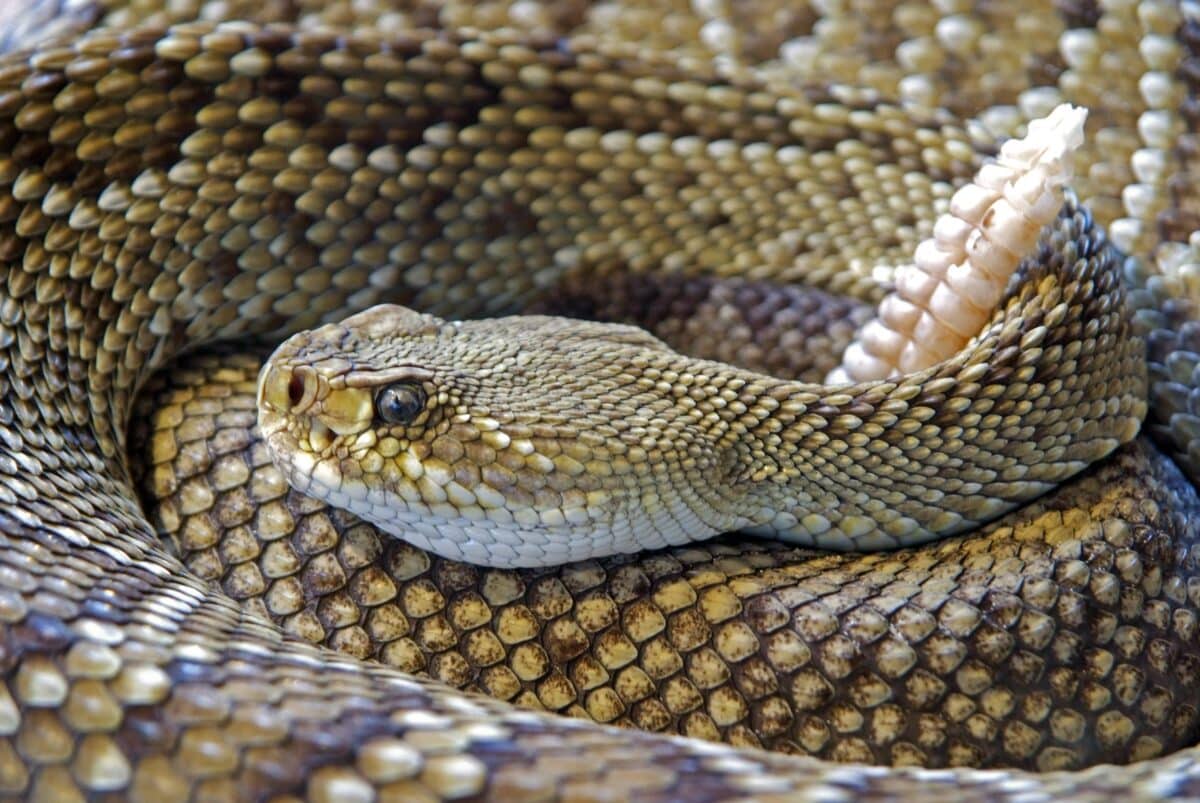
Active from April to September, Mojave rattlesnakes exhibit unique behaviors throughout the year. While primarily nocturnal, they seek refuge in rodent burrows or beneath rocks during scorching daylight hours. Breeding season, from July to September, witnesses the birth of live young. Despite their aggressive reputation, these creatures prefer solitude, only striking when provoked. Their warning mechanism involves tail shaking and a buzzing sound, a prelude to their potent venomous strike.
Range and Diet
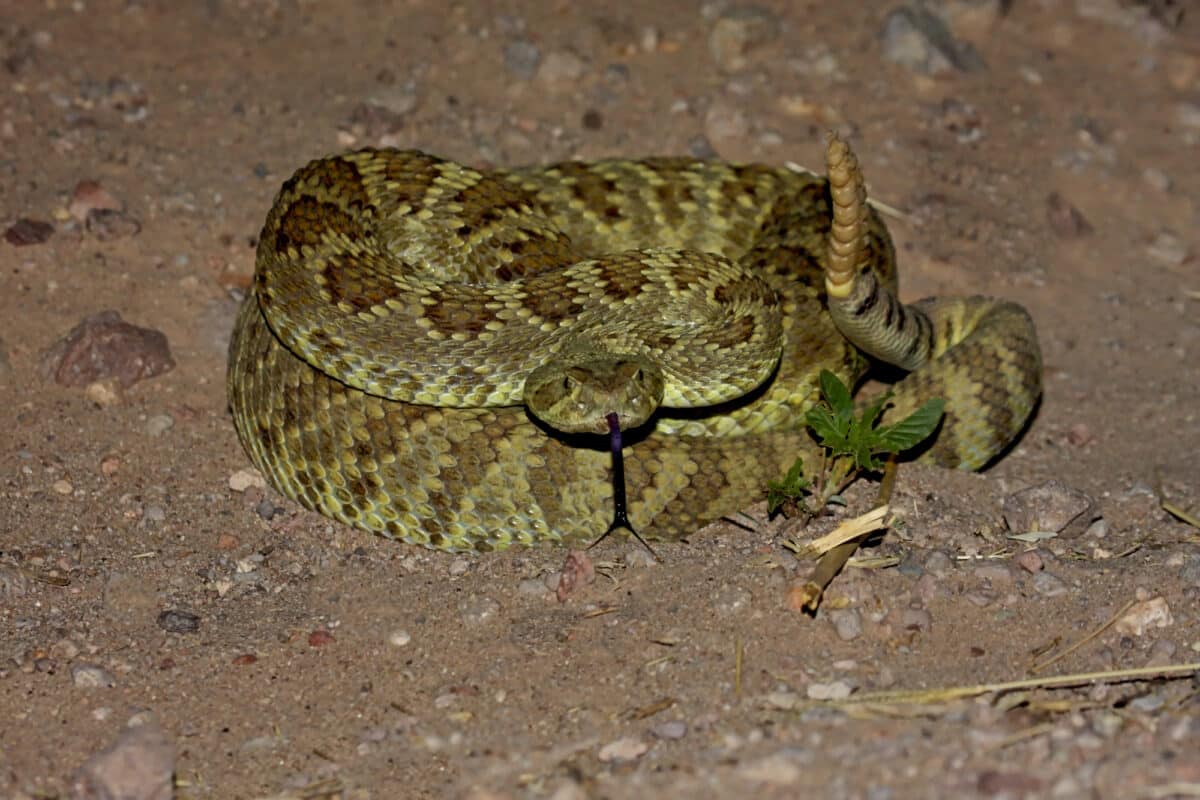
Contrary to popular belief, Mojave rattlesnakes extend beyond the Mojave Desert, thriving in diverse habitats from California to Texas and reaching into Mexico. Preferring open, arid landscapes, these snakes are often found near scrub brush, cactus, or grassy plains. As carnivorous ambush predators, their diet includes toads, birds, mice, rats, and rabbits. Yet, they aren’t immune to predation, facing threats from snakes like the California kingsnake and various birds and mammals.
Mojave Venom
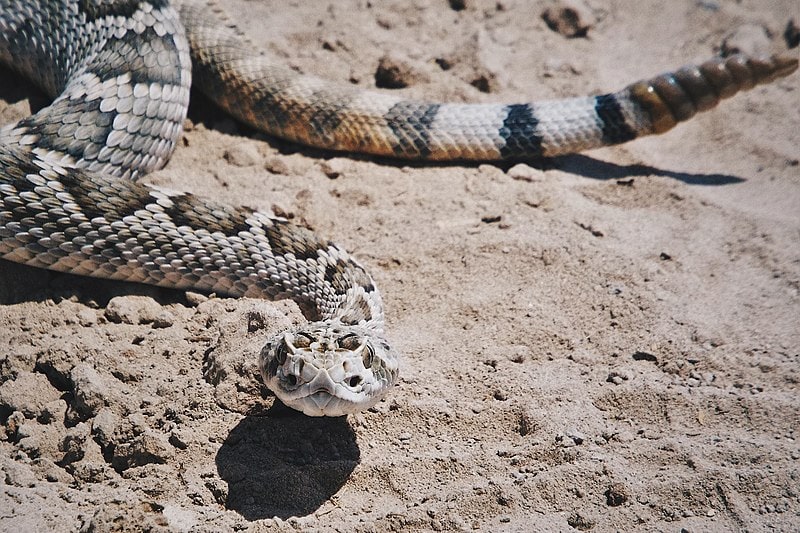
The crown jewel of Mojave rattlesnakes lies in their venom—considered one of the world’s most potent rattlesnake venoms. Combining neurotoxic and hemotoxic elements, their bite can lead to severe symptoms. However, fatalities are rare due to the availability of antivenom. The Mojave rattlesnake’s venom contains two types—A and B—each with distinct effects on the human body. Despite their lethal capabilities, these snakes play a vital role in maintaining ecological balance by controlling rodent populations.
Lifespan & Conservation
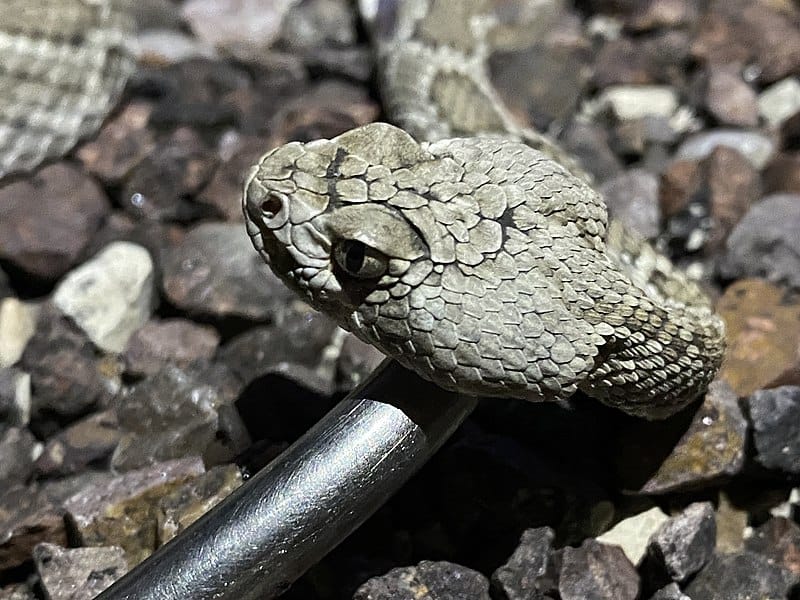
With an average lifespan of 12.5 years and nearly 20 years in captivity, these rattlesnakes enjoy a relatively stable existence. Currently classified as Least Concern on the IUCN Red List, their population remains robust due to a wide distribution. Yet, it’s the revelation of the largest recorded Mojave rattlesnake that adds a thrilling twist to their tale—a colossal serpent measuring an impressive 4.5 feet in length.
Wrapping Up
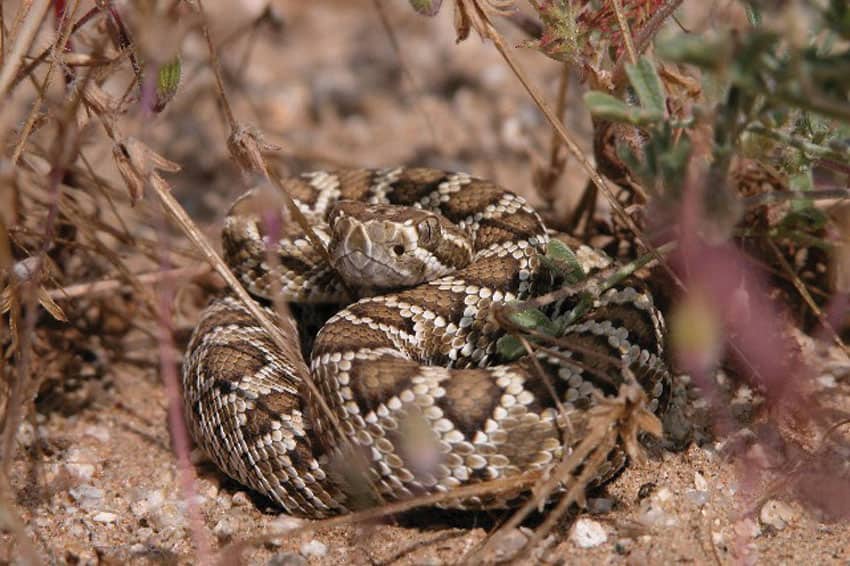
Finally, the Mojave rattlesnake, with its enigmatic existence, continues to captivate our imagination. Additionally, from its adaptive traits to the potency of its venom, each aspect paints a picture of survival in a harsh environment. As we celebrate the diversity of this rattlesnake, the discovery of the largest specimen reminds us that the natural world is full of surprises, encouraging us to delve deeper into the mysteries that unfold in the vast landscapes of the Mojave Desert and beyond.
Thank you for following along with this article –
Next up in the animal kingdom:
- Bald Eagle Family Expand Their Nest In California - April 24, 2024
- Firefighter Saves Abandoned Kittens Found Cuddling In Hoses - April 24, 2024
- Dolphins Get High Playing Catch With A Pufferfish - April 24, 2024

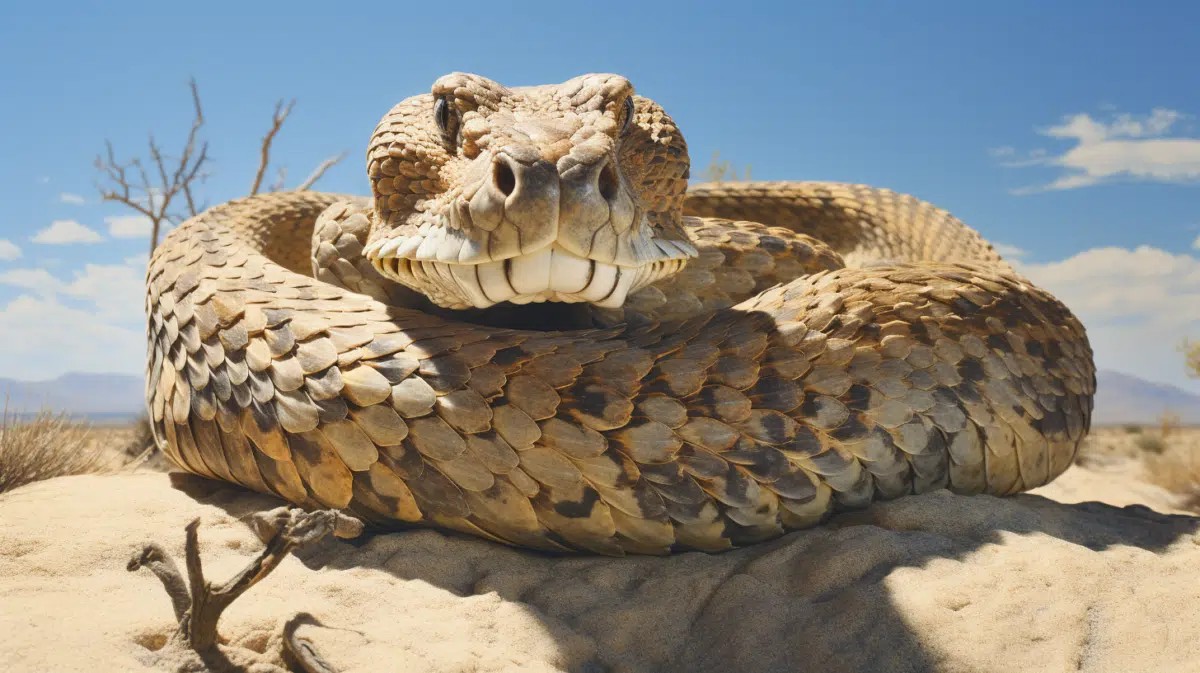
TED MARTIN
Tuesday 9th of April 2024
What a bunch of garbage. When you have these kinds of snakes, crawling all over your property and more, its best your children and your pets you have to do something about it. Article almost had me in tears. Not! after storms and hurricanes these critters want to come in your house.